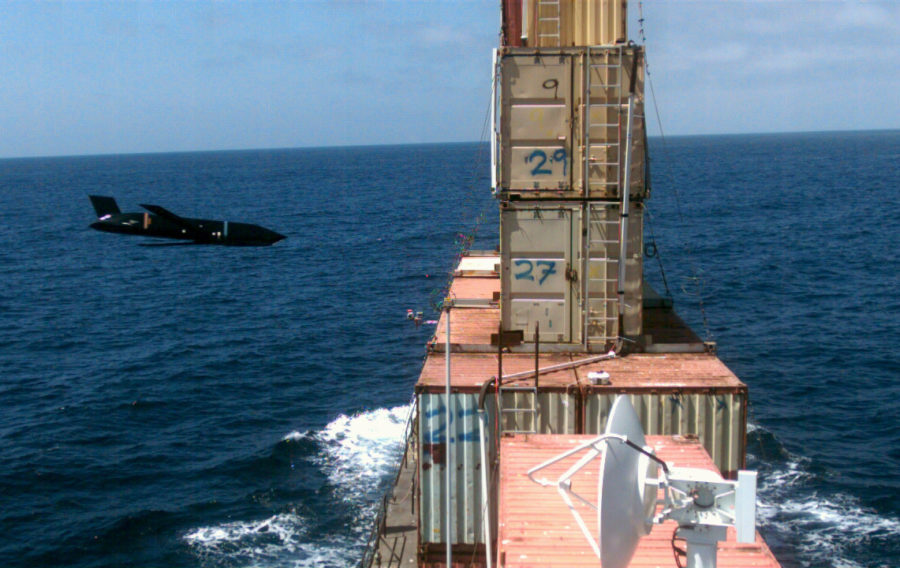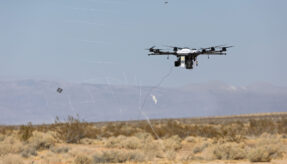
Lockheed Martin is celebrating the successful test of a production-configuration Long Range Anti-Ship Missile (LRASM) fired from a US Air Force B-1B bomber.
A B-1B from the 337th Test Squadron Dyess Air Force Base in Texas launched the LRASM over the Sea Range at Point Mugu in California, watching as it made successful impact with its intended maritime target.
LRASM has been designed to search and destroy specific targets within large groups of ships. To do so, it employs advanced technologies to reduce dependence on intelligence, surveillance and reconnaissance platforms, network links and GPS navigation – essentially allowing it to perform in fraught, electronic warfare scenarios.
“LRASM has now proven itself in six consecutive flight missions,” said David Helsel, LRASM Programme Director at Lockheed Martin Missiles and Fire Control. “The reliability and outstanding capability of LRASM will provide an unmatched weapon to our warfighters in their quest for sea control in contested environments.”
In the future, LRASM will play a pivotal role in ensuring military access to open waters, thanks to its enhanced discrimination and ability to engage from extended ranges. An iteration of the ‘Joint Air-to-Surface Standoff Missile – Extended Range’ (JASSM-ER), LRASM is designed to meet the needs of US Navy and Air Force warfighters in contested regions.
This air-launched variant provides early operational capability for the US Navy’s offensive anti-surface warfare Increment I requirement and will be integrated on board the US Air Force’s B-1B in 2018 and on the US Navy’s F/A-18E/F in 2019.
If you would like to join our community and read more articles like this then please click here.







